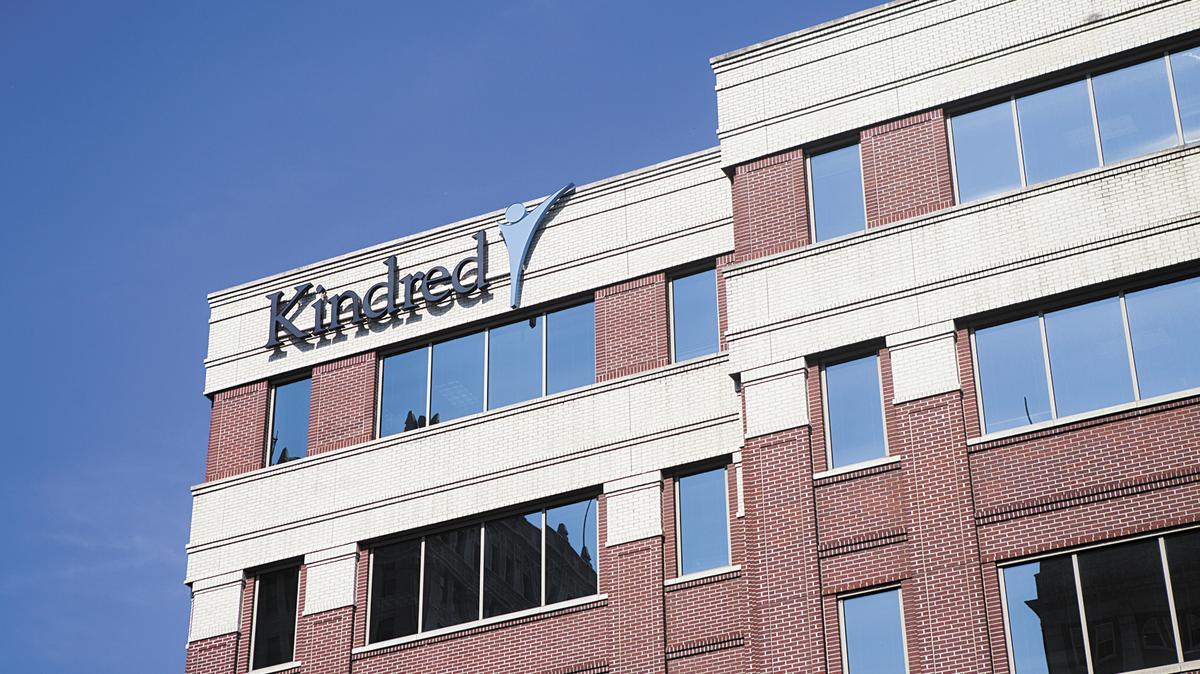

“We are concerned that when applied to hospice care, the private equity model of generating profit on a rapid turnaround can occur at the expense of dying patients and their families.”

health care system – including the hospice industry – has increased more than twenty-fold since 2000, surpassing $100 billion in deals in 2018,” the senators wrote in the letter. This reflects a slow but steady rise from 50.1% in 2018 and 48.2% in 2017. About 51% of all Medicare decedents in 2019 were enrolled in hospice at the time of their death, according to the Medicare Payment Advisory Commission (MEDPAC).

Rising hospice utilization rates are also whetting the appetites of private equity investors. Nearly 10,000 people in the United States become Medicare eligible every day, according to the Kaiser Family Foundation. Multiples have also reached all-time highs across all home health care sectors, including hospice, according to Mark Kulik, managing director at The Braff Group.ĭemographic tailwinds and rising utilization are the largest factors driving private equity hospice activity in hospice. Private equity hospice transactions rose nearly 25% between 2011 to 2020, according to a recent industry transaction report that M&A advisory firm The Braff Group shared with Hospice News. The hospice market remained extremely active throughout 2020 and early 2021, despite some transaction delays brought on by COVID-19 headwinds. Private equity interest in the hospice sector has been gaining momentum in recent years. While the probe is focused on a single company and its investors, it could have implications for the industry at large as private equity continues to make inroads in the hospice space. Brown and his colleagues are requesting additional information in order to better understand this national trend.” “Given Kindred at Home’s history of private equity-driven growth, Sen. “A recent report from the Government Accountability Office (GAO) found that hospices with the lowest quality scores are most likely to be for-profit,” Brown’s office told Hospice News in an email.


 0 kommentar(er)
0 kommentar(er)
